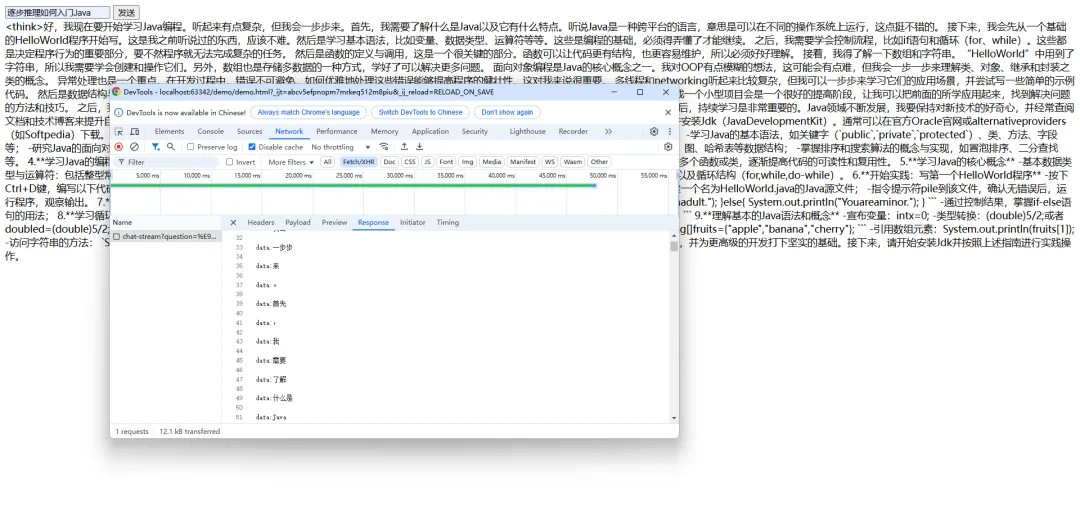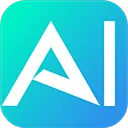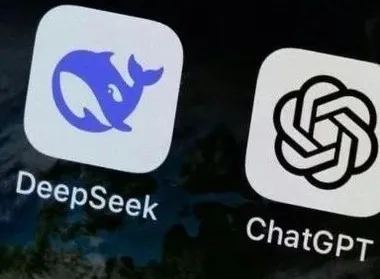什么是ai4j
首先,我们先了解一下什么是ai4j
AI4J 是一款 Java SDK,用于快速接入 AI 大模型应用。它能整合多平台大模型,如 OpenAI、Ollama、智谱 Zhipu(ChatGLM)、深度求索 DeepSeek、月之暗面 Moonshot(Kimi)、腾讯混元 Hunyuan、零一万物(01)等,为用户提供快速整合 AI 的能力。
其特点包括提供统一的输入输出(对齐 OpenAI)以消除差异化,优化函数调用(Tool Call)和 RAG 调用,支持向量数据库(如 Pinecone),并且支持 JDK1.8,能满足很多仍在使用 JDK8 版本的应用需求。
敲重点:JDK1.8
看过上一篇使用SpringAI的都知道,SpringAI对JDK的要求非常高,那次了不起使用了JDK 17,但是Java发展了这么多年,很多项目都是基于JDK1.8来构建的,你让他们现在去升级JDK,可能AI还没接入,项目就先起不来了。
也因此诞生了ai4j,他支持 JDK1.8,能满足很多仍在使用 JDK8 版本的应用需求,并且向量数据库还能帮助很多项目做知识库搜索。
进入正题
我们使用目前最新版本的ai4j
<dependency>
<groupId>io.github.lnyo-cly</groupId>
<artifactId>ai4j</artifactId>
<version>0.8.1</version>
</dependency>现在网上很多版本的ai4j都不支持ollama调用,所以直接使用最新版本的话,就没有问题了。
我们依旧是写两个接口,一个直接返回,一个流式返回。
IChatService chatService = aiService.getChatService(PlatformType.OLLAMA);
通过getChatService的方式,选择是用本地ollama还是其他平台。
PS:如果你还不知ollama怎么弄,看这篇《使用SpringAI对接大模型DeepSeek-r1》
它一共支持以下平台。
@AllArgsConstructor
@Getter
public enum PlatformType {
OPENAI("openai"),
ZHIPU("zhipu"),
DEEPSEEK("deepseek"),
MOONSHOT("moonshot"),
HUNYUAN("hunyuan"),
LINGYI("lingyi"),
OLLAMA("ollama"),
MINIMAX("minimax"),
BAICHUAN("baichuan"),
;
....
}由于我修改过ollama的端口,所以我没办法使用默认的端口,需要单独设置调用的url
spring.application.name=demo server.port=8080 ai.ollama.api-host=http://localhost:8000
创建请求体:
// 创建请求参数
ChatCompletion chatCompletion = ChatCompletion.builder()
.model("deepseek-r1:7b")
.message(ChatMessage.withUser(question))
.build();直接返回就调用chatCompletion方法:
// 发送chat请求 ChatCompletionResponse chatCompletionResponse = chatService.chatCompletion(chatCompletion);
流式放回就调用chatCompletionStream方法:
// 发送chat请求 chatService.chatCompletionStream(chatCompletion, sseListener);
流式的话他是以SSE端点的形式去获取数据,所以需要你实现一个SSE监听器去打印和发送数据给前端。
以下是完整的后端接口:
@RestController
@CrossOrigin
public class OllamChatController {
// 注入Ai服务
@Autowired
private AiService aiService;
@GetMapping("/chat")
public String getChatMessage(@RequestParam String question) throws Exception {
// 获取OLLAMA的聊天服务
IChatService chatService = aiService.getChatService(PlatformType.OLLAMA);
// 创建请求参数
ChatCompletion chatCompletion = ChatCompletion.builder()
.model("deepseek-r1:7b")
.message(ChatMessage.withUser(question))
.build();
System.out.println(chatCompletion);
// 发送chat请求
ChatCompletionResponse chatCompletionResponse = chatService.chatCompletion(chatCompletion);
// 获取聊天内容和token消耗
String content = chatCompletionResponse.getChoices().get(0).getMessage().getContent();
long totalTokens = chatCompletionResponse.getUsage().getTotalTokens();
System.out.println("总token消耗: " + totalTokens);
return content;
}
@GetMapping(path = "/chat-stream", produces = MediaType.TEXT_EVENT_STREAM_VALUE)
public Flux<ServerSentEvent<String>> chatStream(@RequestParam String question) {
Logger logger = LoggerFactory.getLogger(getClass());
return Flux.create(emitter -> {
try {
logger.info("开始进行Chat对话: {}", question);
// 获取chat服务实例
IChatService chatService = aiService.getChatService(PlatformType.OLLAMA);
logger.info("成功创建服务实例");
// 构造请求参数
ChatCompletion chatCompletion = ChatCompletion.builder()
.model("deepseek-r1:7b")
.messages(Arrays.asList(ChatMessage.withUser(question)))
.functions()
.build();
logger.info("成功构建流式请求体");
// 构造监听器
SseListener sseListener = new SseListener() {
@Override
protected void send() {
try {
// 将消息发送到前端
String data = this.getCurrStr();
if (data != null && !data.isEmpty()) {
emitter.next(ServerSentEvent.<String>builder()
.data(data)
.build());
}
} catch (Exception e) {
logger.error("SSE端点报错", e);
emitter.error(e);
}
}
};
// 显示函数参数,默认不显示
sseListener.setShowToolArgs(true);
// 发送SSE请求
chatService.chatCompletionStream(chatCompletion, sseListener);
logger.info("成功请求SSE端点");
} catch (Exception e) {
logger.error("流式输出报错", e);
emitter.error(e);
}
});
}
}流式的话,我们再写个前端来看看测试效果
<!DOCTYPE html>
<html lang="en">
<head>
<meta charset="UTF-8">
<meta name="viewport" content="width=device-width, initial-scale=1.0">
<title>Chat Stream Frontend</title>
</head>
<body>
<input type="text" id="questionInput" placeholder="请输入问题">
<button id="sendButton">发送</button>
<div id="responseContainer"></div>
<script>
const questionInput = document.getElementById('questionInput');
const sendButton = document.getElementById('sendButton');
const responseContainer = document.getElementById('responseContainer');
sendButton.addEventListener('click', () => {
const question = questionInput.value;
if (question.trim() === '') {
alert('请输入问题');
return;
}
// 创建 EventSource 实例,连接到后端的 SSE 接口
const eventSource = new EventSource(`http://localhost:8080/chat-stream?question=${encodeURIComponent(question)}`);
// 监听 message 事件,当接收到服务器发送的消息时触发
eventSource.onmessage = (event) => {
const data = event.data;
// 将接收到的数据追加到响应容器中
responseContainer.textContent += data;
};
// 监听 error 事件,当连接出现错误时触发
eventSource.onerror = (error) => {
console.error('EventSource failed:', error);
// 关闭连接
eventSource.close();
};
});
</script>
</body>
</html>运行服务,打开html,在输入框输入一个问题,点击按钮发送,在F12的接口请求里,你会在Response里看到服务不断的推送文字给你。
 图片
图片



